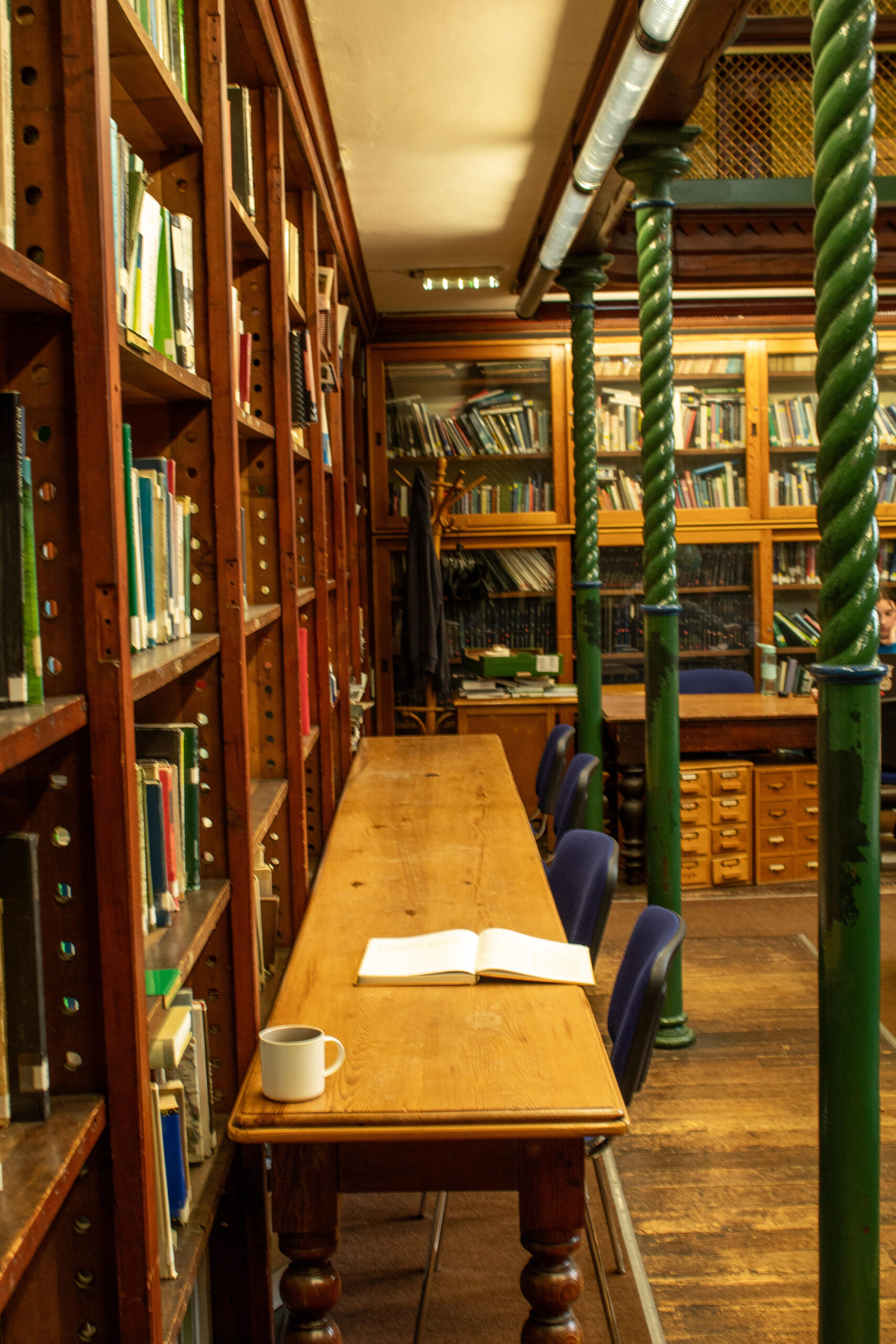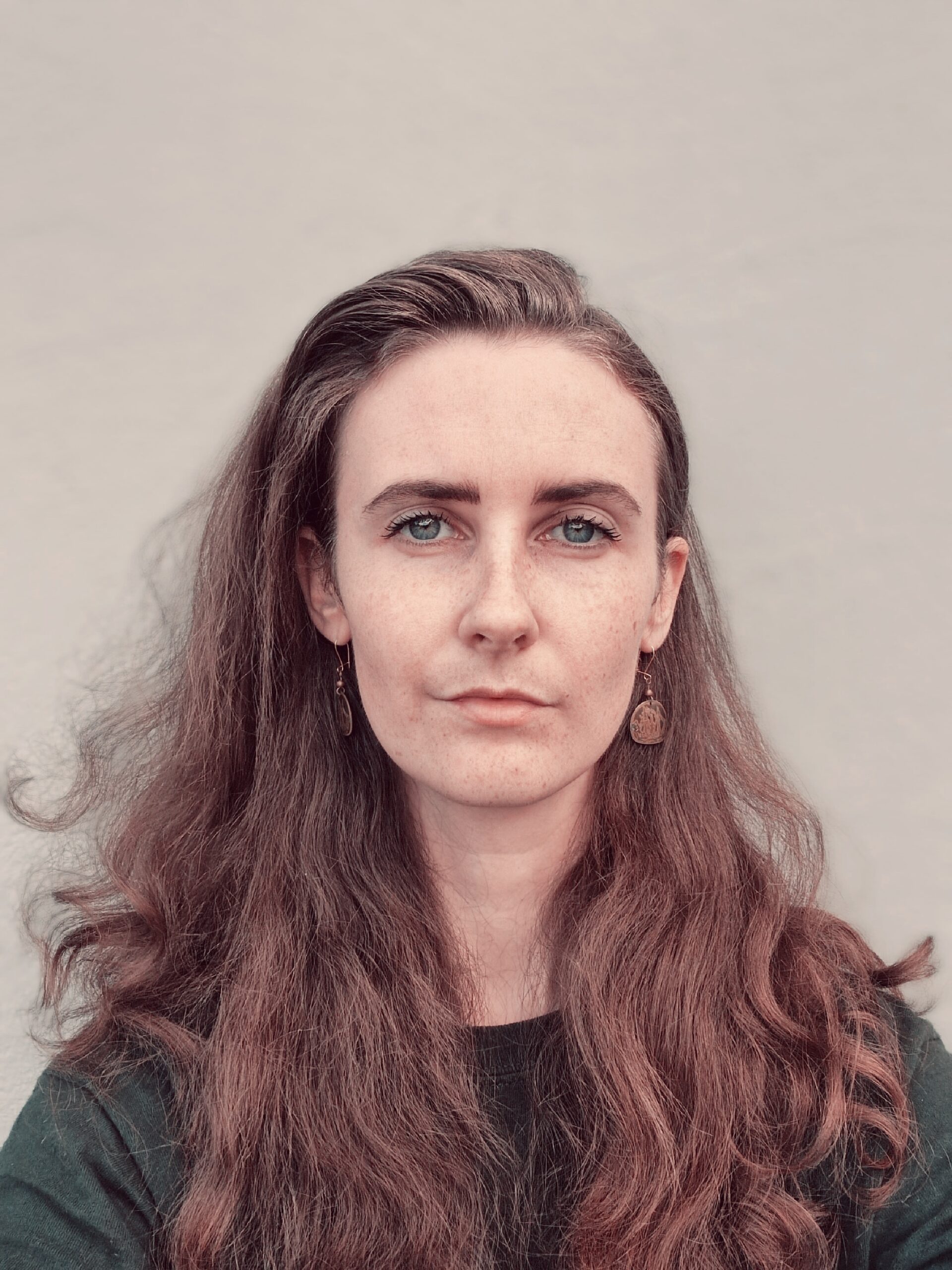Alan Walsh
Staff Writer
On December 26th 2011, while most were recovering from their Christmas hangovers and preparing for the inevitable Stephen’s Day one that follows, I was boarding a 13 hour flight to Buenos Aires. This Christmas I decided to sacrifice my break from college in order to travel to sunny Argentina and attempt to climb the highest mountain in the southern and western hemisphere, Aconcagua (yes I know no one has ever heard of it). Despite its credentials, it probably is a mountain that needs a bit of an introduction. It stands just shy of 7000m at 6962m (22841ft). Climbs generally take between 10 and 22 days, depending on the desired amount of acclimatisation. Summer temperatures at the summit are usually around the -20° Celsius mark, but it is the wind that’s the main problem on this mountain. 50kmph winds feature regularly in an average day and sometimes, although rarely, these winds can surpass the 100kmph mark. This blistering wind creates what’s known as a wind-chill, meaning that -20° feels like -35° in the presence of an average 40km wind. Fortunately these are summit temperatures, and if I did get to the top I certainly would not be staying long. But these conditions are quite a difference from my typical Christmas break. Casual drinking, stumbling around Coppers and 3am McDonalds queues were now all replaced by freezing cold, altitude sickness and face-mauling winds. Why a student would actually want to do this I’m not quite sure, and in fact when I’m asked about reasons for doing things like this I often struggle to come up with any decent response. While my friends were enjoying their Christmas break like regular students, I was over 10,000km away in Argentina accompanied only by the ultimate craic that is my dad. I just prayed that it would all be worth it.
After the long flight, aside from seriously regretting watching the Hangover 2 and Transformers 3, I was feeling relatively upbeat. Saying goodbye to an Irish winter and hello to an Argentine summer may have been reason for this. 32° Celsius greeted us upon arrival and for the first few days all I’d be doing is eating steak and drinking wine, not so bad. We met our mountain guides and other group members in Mendoza, a small city about 3 hours drive from where we would start. It was a strong group of 10, from America, Denmark, Canada, Sweden and Wales. Initially I was quietly confident about our group, especially based on the alleged 80% success rate that had been maintained by our guides. This confidence was severely misled however, as that claim would later prove to be a complete and ridiculous exaggeration.
The first few days of sun and steak passed quickly and it was now time to make the move to where we would begin a three day hike to base camp. Base camp was at about 4200m, and after the van had dropped us off, we were starting from 2600m. The hike itself is fairly straightforward, being about a 20 hour walk over the three days. It was a perfect first day for weather, something that concerned me much more now seeing as we had to set up and dismantle tents on a daily basis. As I set off and began the ascent, initial feelings of excitement and anxiety both set in. I know it’s not quite as glamorous or extreme as the likes of Everest, but it’s still relatively unsettling to be walking into an unfamiliar valley, surrounded by giant walls of dominant mountains, all the while knowing you won’t be back to the comforts of civilisation for at least two weeks.
The mountains that overshadowed us in the valley were however only hills compared to what lied ahead. As we continued towards base camp, every now and then I would see more intimidating and jagged mountains off in the distance. I would instantly turn back to one of our guides and ask is this Aconcagua. Most of these queries were followed by a resounding no, unfortunately meaning that whatever giant mountain I was looking at, I’d be climbing higher. It wasn’t until the very beginning of day three did we finally see what we had all come for – and 7000m had never looked so far away. I had seen pictures and videos of Aconcagua before but I was surprised as to how much I was intimidated by it. I climbed high mountains in the past, such as Kilimanjaro and Mt. Elbrus, the highest mountain in Europe (it’s not Mt. Blanc!). Kilimanjaro was a bit of a doddle as far as climbs go, and aside from my hands nearly freezing, Elbrus was also relatively smooth. But this time seemed different. There was so much more uncertainty in my mind. Compared to other climbs I had done, this was going to be colder, longer, higher, windier and harder. As well as that, on day 2 of the hike I started to get extremely sick. Vomiting, lack of appetite and low fatigue accompanied me, all of which symptoms of altitude sickness. So as I stared up at the distant summit in an unexpected exhaustion, I wondered how the hell my body could possibly cope at 7000m if it can barely function at 3000.
Upon reaching base camp, the altitude began to take its toll on the other members of the group. The group dinner that night was ridden with silence, as most looked aimlessly away or buried their heads in their hands in an attempt to ignore their headaches and stomach pains. Although I would not wish this upon anyone, it was still relatively reassuring to know I wasn’t the only one in the group suffering. Our guide however ensured us that our bodies will eventually adjust.
This effect of altitude is the reason why high climbs take so long. For example, from base camp on Everest it is generally another 6 weeks until you will summit. If the effects of altitude did not exist, this could be done in just a few days. Most people are astounded when I tell them that this particular climb takes 2-3 weeks, but to be honest a lot of high altitude “climbing” is simply just sitting around doing nothing, waiting for your body to adjust by making more red blood cells in order for it to carry more oxygen. New Year’s Day for example was a “rest” day at 4200m which involved no climbing. They certainly do help, as I began to get my appetite and energy back. This was a nice boost after the lack of New Year’s celebration, partly due to base camp’s ludicrous price of 50 US dollars for a six-pack of beer.
The following day would see the real part of the climb start. It would be double boots, wind-proof jackets and three layers of gloves from now on. On the mountain there were three areas above us where we would make camp before the summit, at 4900m, 5400m and later at 5900m. Once again however, due to altitude we can’t simply just walk straight up. Instead what would happen is we climb up to the above camp, dump the 20kg bags we carry, then come back down and sleep in the camp we started from that day. The next day we would move up with a light load, and this would be followed by another “rest” day. There’s an old Swahili saying used constantly by guides on Kilimanjaro, “Polé, Polé” which literally means “slow, slow”. This certainly applies here too, which probably goes against what many people think mountaineering actually entails. It’s by no means a rushed and hurried scrabble to the top, but rather a slow and steady process that only moves you gradually up the mountain. In fact sometimes the guides can be going so slow it begins to get quite irritating, but I suppose you have to trust in their experience.
As we moved up higher, the thinner air put a dent in our group as 10 members became 8. One American, named Kiah, started to develop signs of pulmonary oedema and had to be ordered back down the mountain. Pulmonary oedema is caused by a lack of oxygen and it involves an excessive build-up of fluid in the lungs. Victims of the condition find it incredibly difficult to breath and must be evacuated immediately before it worsens. Kiah was 23, only 2 years older than me. This of course was worrying for me and further emphasised that anyone can be severely affected by the altitude, regardless of age or physical condition. Kiah’s father, who was also in our group, accompanied him down the mountain and the group said goodbye to our American contingent.







